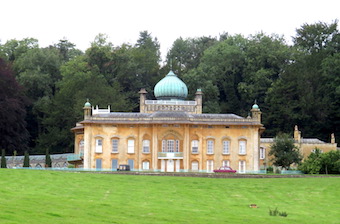
I’d just about heard the name of Sezincote, but no more than that. I thought it must be another of those gorgeous Elizabethan manors of golden stone that the Cotswolds are so rich in. Queen Bess probably stayed there; Charles II might have dodged pursuit up an oak tree in the park – that sort of thing. But what we found tucked in below the woods near Moreton-in-Marsh was quite a shock to behold.
A day of grumpy weather – nearly as grumpy as Jimmy Anderson. I kept my phone on constant refresh, trying to keep up with the missed catches, rain delays, Pakistani obduracy and other obstacles falling in the path of England’s Greatest Bowler as he strained to capture his 600th Test wicket at Southampton.
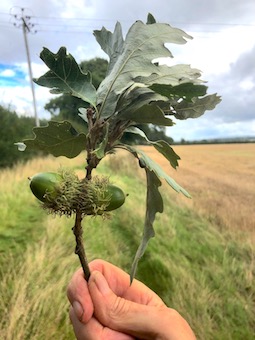
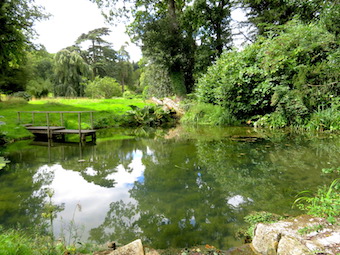
Moreton-in-Marsh is a lovely town with a very wide sheep-straggle of a high street tortured by traffic; Bourton-on-the-Hill a beautiful little sloping village of honey-coloured houses made miserable by 4X4s, fat cars and inexcusably fast and noisy motorbikes pelting down its narrow roadway. Between these two, long fields of harvested barley and wheat with cotton-reel bales of straw regularly spaced, as though giants had temporarily suspended some esoteric game and left all the pieces on the board. Rusty barns, far views across a rolling landscape of green and brown, and church towers and gables of that remarkable golden stone peeping out from trees far and near.
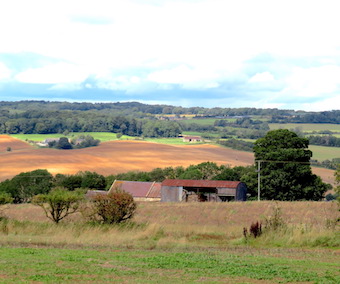
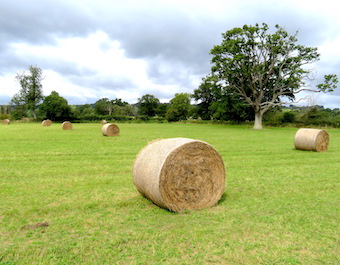
South of Bourton, we came on a slice of the Mughal empire set down in the Cotswolds – the extraordinary house of Sezincote, built in 1805 for Sir Charles Cockerell to the designs of his brother Samuel Pepys Cockerell, who incorporated Georgian, Muslim and Hindu architectural styles in a glorious, jolting mishmash of a building. We walked slowly along the fence at the foot of the slope leading up to the house, marvelling at the minarets, enormous curving orangery, cupolas and great green onion dome capping the whole thing off. George, Prince Regent, visited in 1807, and it’s pretty clear where the inspiration for tarting up his Marine Pavilion in Brighton came from.
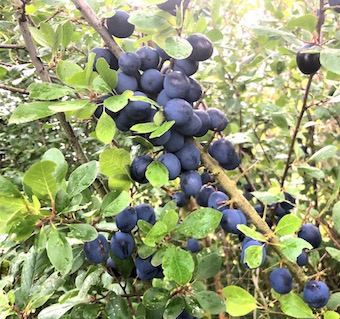
Other delights of the walk – huge old oaks with acorns sprouting galls like the tentacles of sea anemones, and a hedge full of large plump bullace, fat as damsons and bitter as sloes, which we picked into a bag. They’ll form a bubble with gin and sugar, and be ready to come out of isolation in a Kilner jar just in time for Christmas.